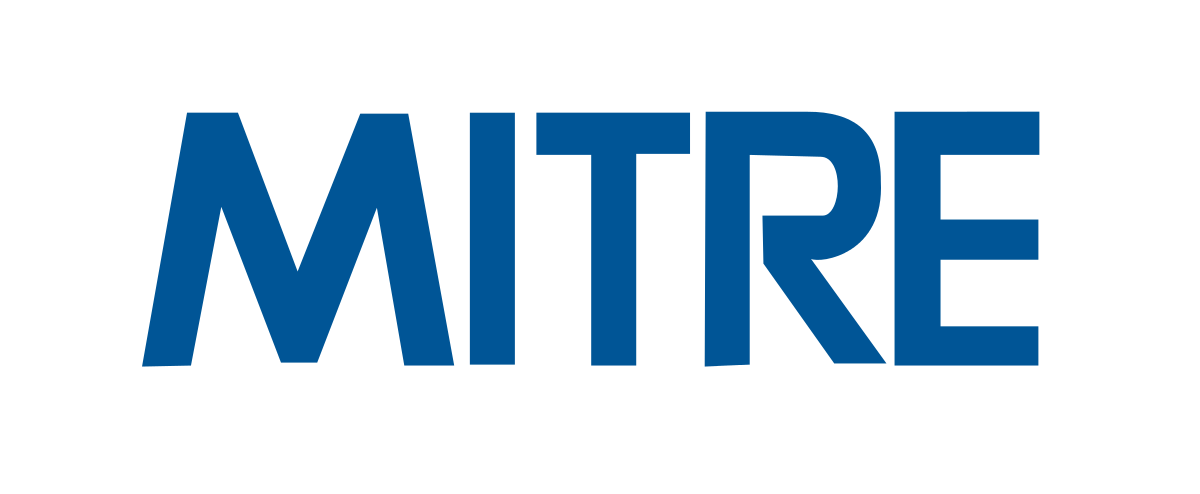Project IRIS
About
Our research started with a simple question...
Our researchers asked, “Can we CONNECT DIRECTLY with Relay Services using our mobile device’s cellular number and skip all the apps & multiple phone numbers we need for accessibility?
One number covers everything.
Text or make any type of call using your mobile phone number.
VRS Calls
Make calls directly from your smartphone using its dialpad or one-touch from your contacts. IRIS automatically connects an interpreter as your call goes through.
No downloads or additional phone numbers, apps, or contact lists required.
3-Party Video Calls
With IRIS, now callers can see BOTH the interpreter AND each other on-screen, at the same time. Simply touch a button while in-call and a 3-Way video is established among caller, receiver, and interpreter. No more confusion on either end of the phone. Everyone can see exactly with whom they’re communicating.
Voice-to-Text Captioning
IRIS provides the option to select automatic voice-to-text in the midst of any call, on demand. Captions show up on your screen to support any conversation you choose. Great for video-chats with anyone with late onset hearing loss or those of us who depend on captions to receive information.
National Test Lab
The Federal Communications Commission (FCC) National Test Lab (NTL) has been established to support the FCC's mission to promote efforts in improving routine communications and quality of life for members of the Deaf and Hard of Hearing community. With independent verification and validation efforts, the NTL will capture unbiased "snapshots" of overall system interoperability and performance observations, and existing services measurements. The students test various videophone hardware and software to ensure top video quality, latency delay, and consistent connections through the entire call.
Usability Research
Research on Usability of IP-CTS (Captioned Telephone Services)
The overall goal of this project is to help determine accuracy and latency thresholds of captions in Internet-protocol captioned telephone service (IP-CTS) technology. Through determining accuracy and latency thresholds and collecting consumer feedback, the project contributes to improving and ensuring functionally equivalent and effective communication access for Deaf and Hard of Hearing (HH) Communities.
The first study found that latency had an effect on comprehension, perceived effort, and perceived usefulness of captions: Participants perceived a latency as short as 5 seconds resulting in reduced comprehension, effort, and usefulness of captions.
A second and third study turn to another major factor that affects comprehension of captions, accuracy. The second study in the series, for which data have been collected and are now being analyzed, is examining effects of different types of individual word errors on participants’ understanding of captioned phrases. The major potential contribution of this study is to help determine which types of individual word errors are major and which ones are minor with respect to understanding captions.
A proposal is being developed for a third study, which focuses on HH participant’s comprehension and perceptions of simulations of IP-CTS phone calls when the accuracy of a series of captioned phrases varies in order to help identify the range of accuracy thresholds that is acceptable for IP-CTS phone calls.
Project funded and made possible with the support of:

![]()